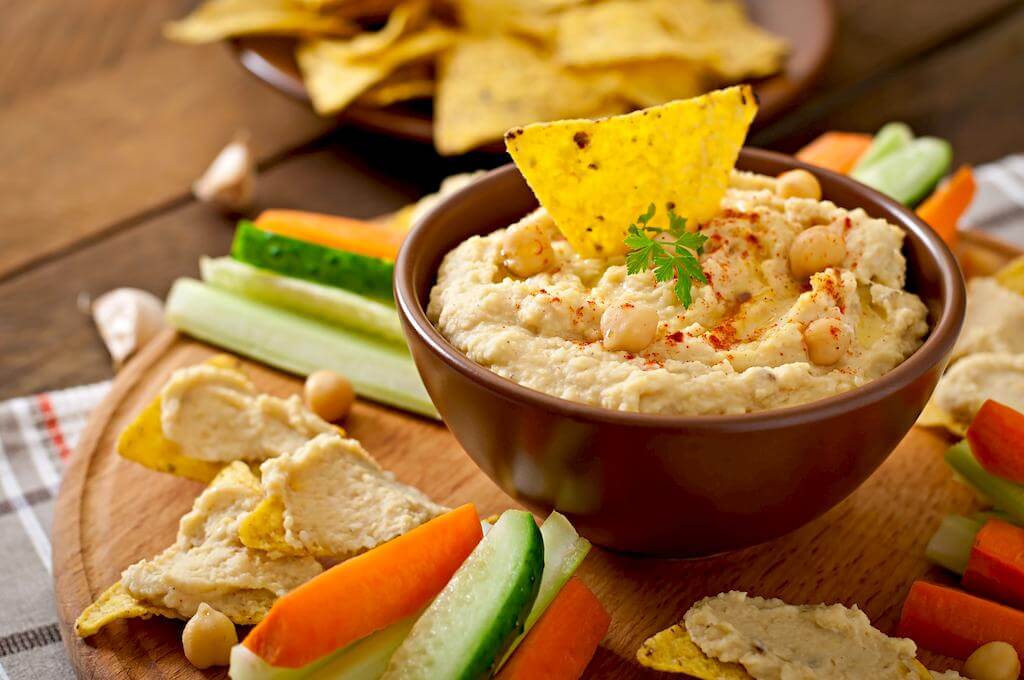
The Arab world and Arab culture are best explored through food. The Arabic speaking nations of the Mediterranean, Africa, and West Asia, there is Arabic influence over food everywhere you look. And yet again, the only thing that comes to mind when we think about Arabic food is veggies and hummus. Fret not; here is how you can learn more about Arabic food and traditional foods while also trying out the traditional delicacies. Here are a few of the most popular Arabic foods you need to know about.
Tahini & Hummus
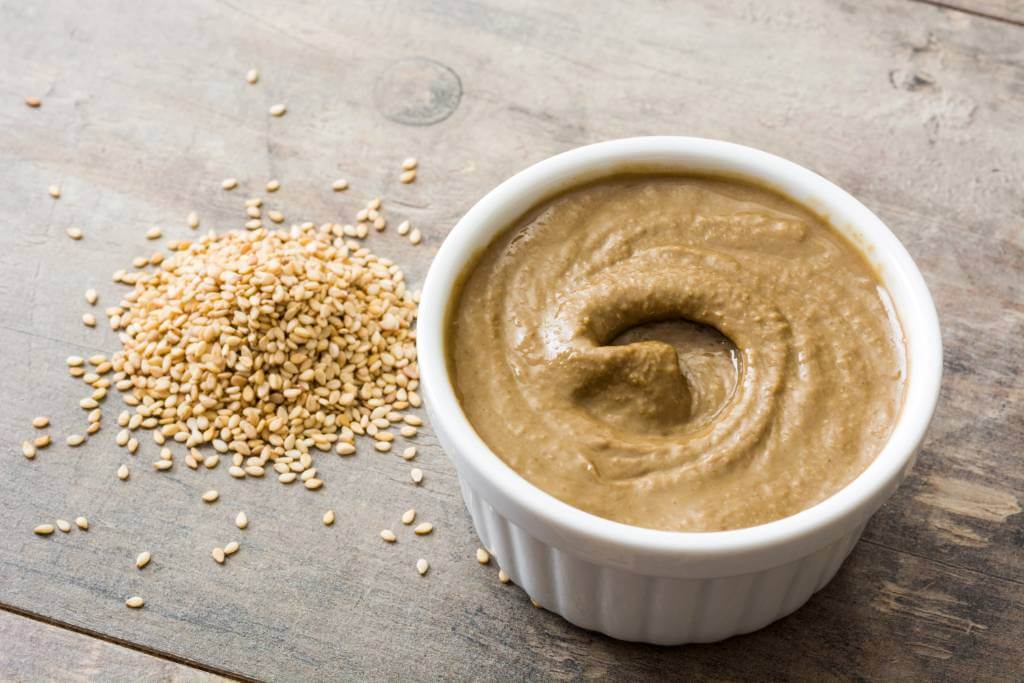
Tahinis 
Hummus
Arabic food is complex because of how many different regions the Arabic influence has an impact on. Food is a great teacher of history and culture and there are many different influences in Arabic food such as Turkish, Greek and Indian influence. With the variations of cooking and newer trends, the age-old question of what would you eat if you were in a desert comes to mind. Besides the famous hummus, there is Tahini which is a toasted and ground paste made from Seasame seeds that are used as a condiment all around the Mediterranean. It usually goes into Babaganoush and hummus that you eat with almost every portion and appetizers. Many Halva recipes make use of the Tahini as well.
Kefta
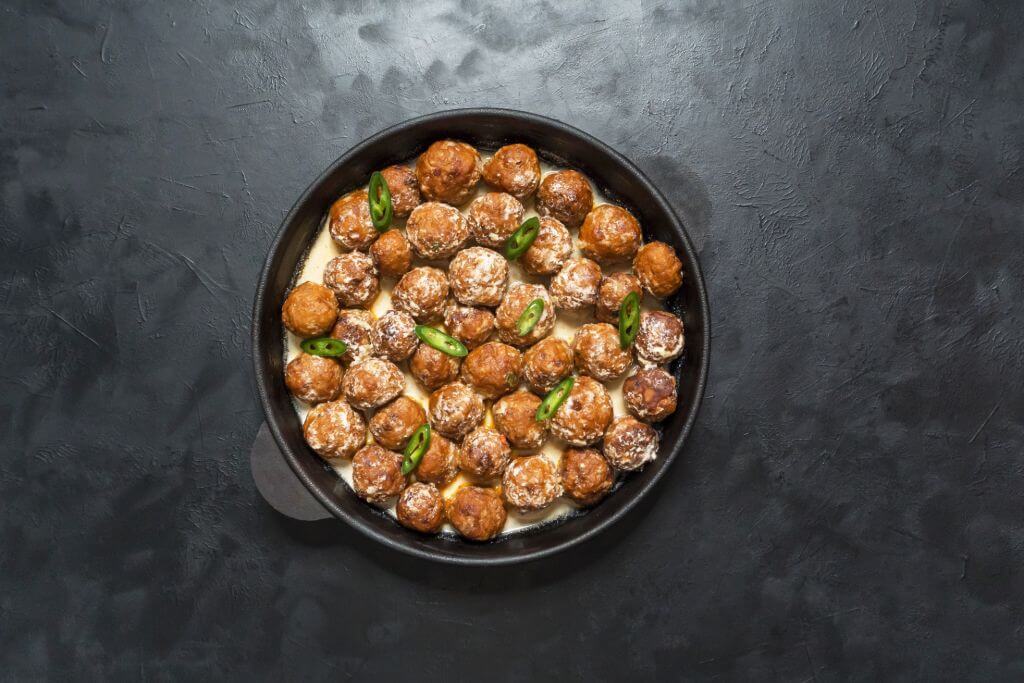
There is a lot of Arab – Indian infusions of cuisine that we see today. The Persian influence in the Mughal court of India is a major reason for that. The subcontinent was an interesting place to explore for a traditional food enthusiast because you could easily find transformation s of Arab-Ottoman delicacies in the streets of Delhi. A great example of this would be Pulao, Kebab, Koftay, and the very popular Samosad i.e. Sambusak. Of course, the Indian infusion meant coming into contact with spices and inventiveness that wasn’t there before. The taste of Arab-Indian food is unlike anything you’ve ever had before. The use of meat such as the Kefta or Koftay is also an Arab introduction to Indian cuisine. The Kebab and Kofte are very popular among Afghan and Pashtun cultures as well because of the preference of eating meat.
Khubz
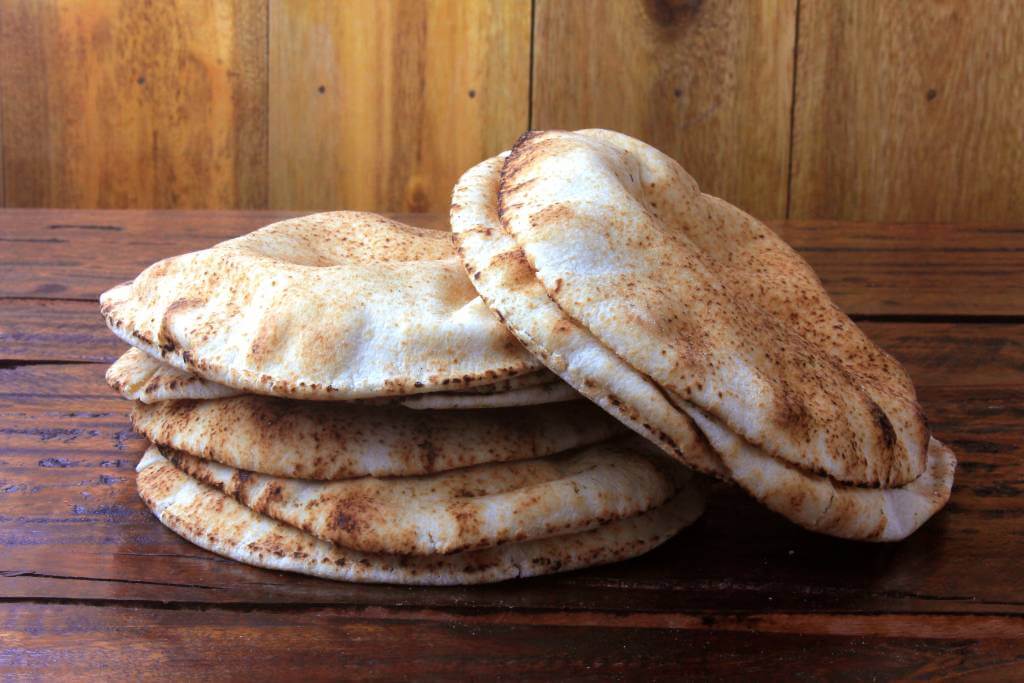
Eating bread is a sign of luxury in Arab culture and it is a staple. The term ‘Namak Halal’ refers to sharing your ‘salt’ in lavish gatherings for good fortune. This was especially preferred in the Indian feudal system as it aligned with the kinship and cultural values. The Khubz or flatbread recipe that is a quite alike pita bread and is still quite common. It is a thick, baked bread and is supposedly where the tandoori bread originates from. It is a great side of bread you can have with grilled meat and hummus. Download the Tradishes app to order traditional Arabic meals from a home kitchen now.
Labneh

There’s is no Arab food more popular than the Labneh. It is a creamy fermented yogurt that you must try if you want to be able to say you know a little something about Arab traditional food.
Mansaf
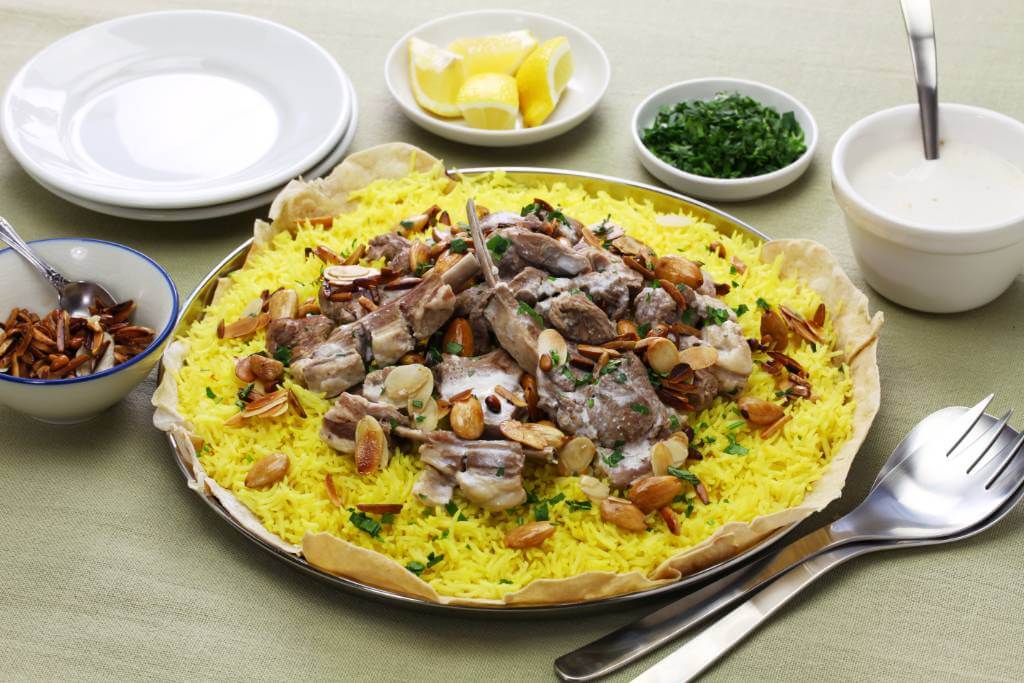
The Mansaf is Jordan’s specialty. It is a beloved recipe that you can still find in countries such as Iraq and Saudi Arabia. It translates to a large tray which keeping in mind with the lavishness of Arabic meals is a large tray of lamb served with cheese and yogurt. This is served with flatbread, rice and garnished with dry fruits. The creamy Jameed sauce is also served for special feasts and it is as luxurious as it sounds.
Kunafeh
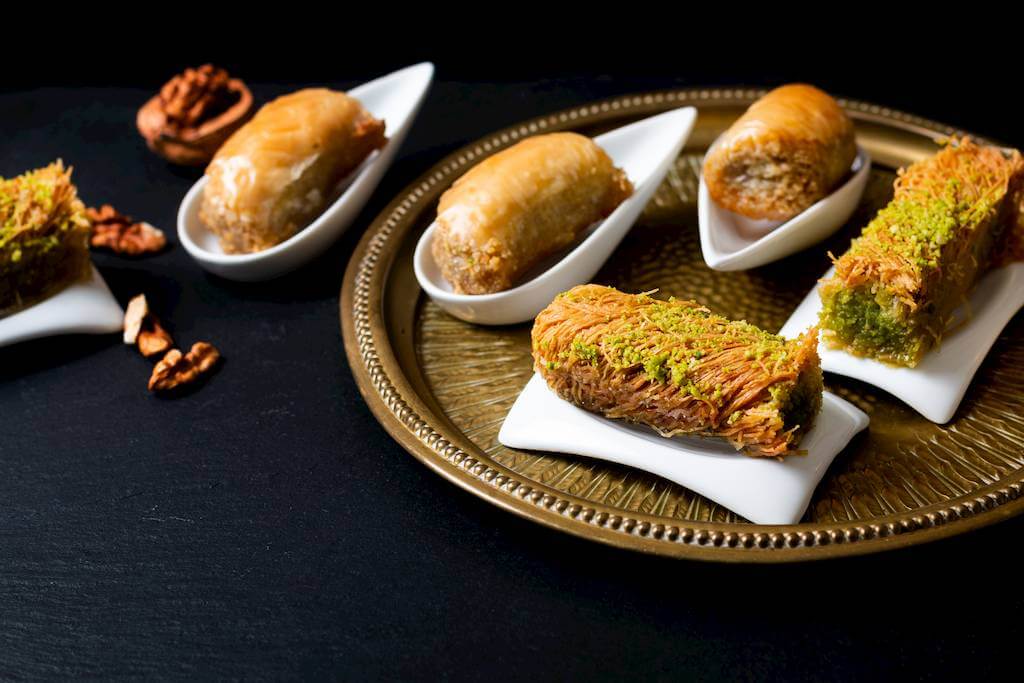
Lastly, for dessert, we have the Kunafeh, an Arabic cheesecake made from semolina dough, noodles and white cheese. The dish is crunchy on the outside and soaked with sweet syrup. It is complex but it is one of the most popular dessert desserts to try.

Leave a Reply